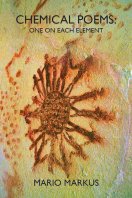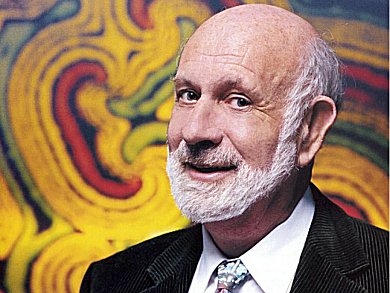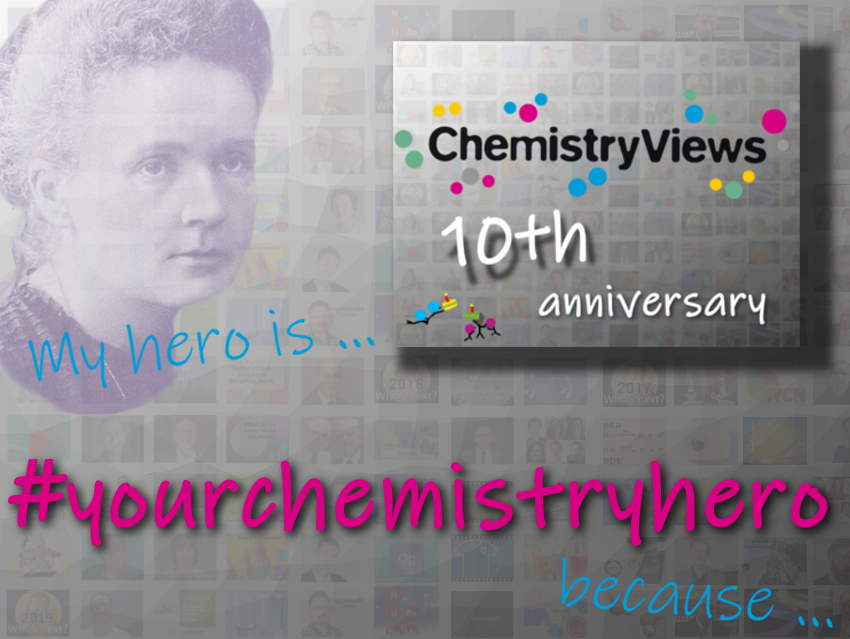To date, 118 chemical elements have been found. Professor Mario Markus, Max Planck Institute for Molecular Physiology, Dortmund, Germany, takes a look at each element, presenting a poem based on its natural properties along with a scientific overview of each element.
All 118 poems – in addition to some poems about elements that only exist in theoretical simulations – are published in the book Chemical Poems: One On Each Element by Mario Markus. ChemViews magazine presents a selection of these poems over the next months.
Hydrogen |
Hydrogen |
|
|
Colorless, highly flammable gas. It is the lightest element. It was discovered by the Englishman Henry Cavendish in 1766. The name is derived from the Greek words hydro (water) and genēs (generator). It is assumed that it was the first element when the universe was created during the Big Bang. In contrast, its abundance in pure form on the Earth today is negligible since most of it is bound to other elements, for example, in water. A promising means of solving the general problem of energy supply is the “tamed” hydrogen bomb, in which helium and energy are produced through the fusion of hydrogen nuclei in a controlled manner, using so-called fusion reactors [1]. Apart from this nuclear process, there are less efficient, but quite attractive chemical procedures for extracting energy from this element: companies like BMW have built prototypes of cars that burn hydrogen by reacting chemically with oxygen, something that is already performed in space ships [2]. For the production of the necessary hydrogen, a promising method for the near future is photocatalysis, which is the decomposition of water into hydrogen and oxygen in the presence of light and a catalyst, for example, a ruthenium compound (see Element No. 44) [3, 4]. Note that living organisms, for example, purple bacteria in salt water, the so-called halobacteria, also obtain hydrogen using light [5]. [1] N. Keishivo, Nuclear Fusion, Cambridge University Press, Cambridge, UK, 1980. ISBN: 978-0521113540 |
Through many faces
|
Professor Mario Markus, Max Planck Institute for Molecular Physiology, Dortmund, Germany.
www.mariomarkus.com

Chemical Poems – One On Each Element,
Mario Markus,
Dos Madres Press 2013.
ISBN: 978-1-933675-98-5
Perfectbound, 308 pages, English, $30
 Interview with Mario Markus: Poetry and Chemistry,
Interview with Mario Markus: Poetry and Chemistry,
ChemistryViews 2013.
https//doi.org/10.1002/chemv.201300010
The poems have also been published in German in:
- Chemische Gedichte,
Mario Markus,
Shaker Media, Herzogenrath, Germany, 2011.
ISBN: 978-3868587012
See all poems published so far by ChemistryViews.org.




